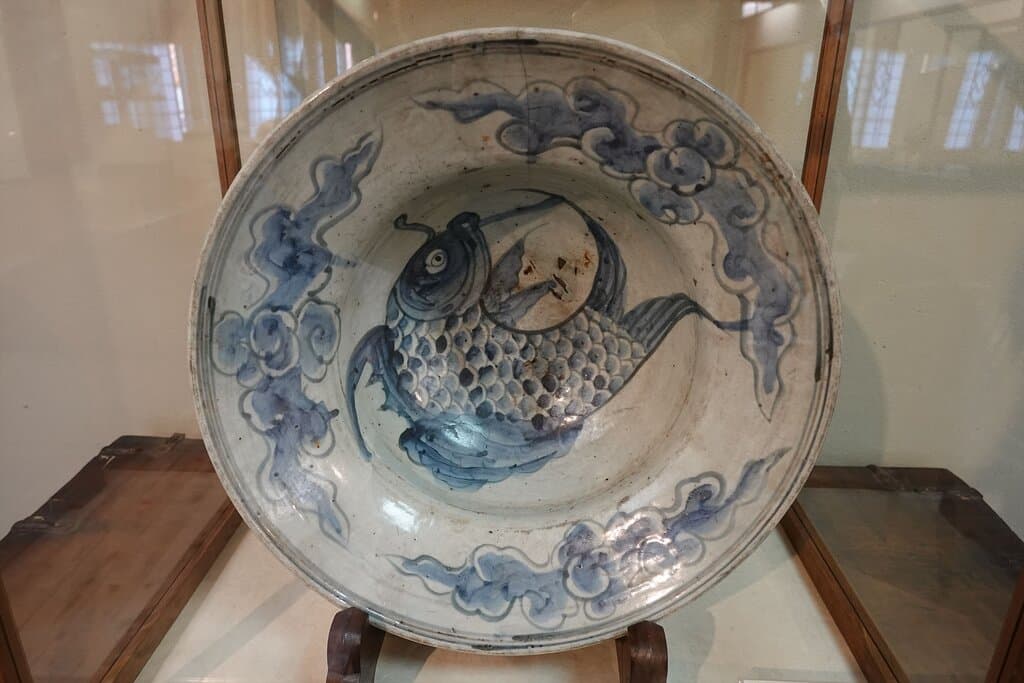
Tottori Folk Crafts Museum
Discover the beauty of everyday objects at the Tottori Folk Crafts Museum, celebrating the Japanese Mingei movement and traditional craftsmanship.
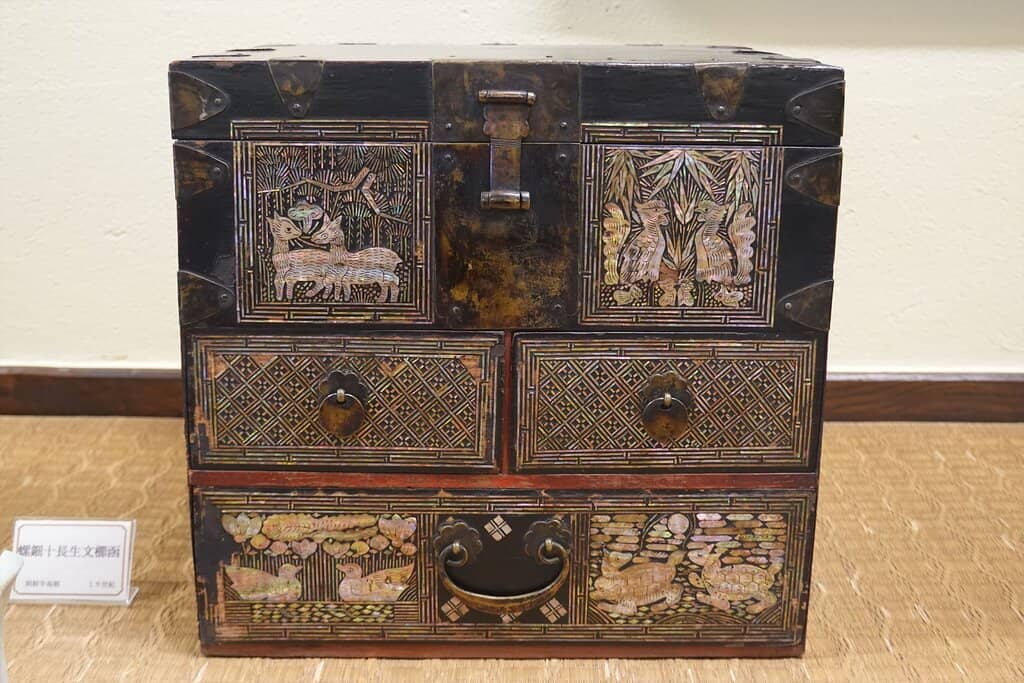
Highlights
Must-see attractions

Social
From TikTok & Reddit
Best Time
Fewer crowds, more peaceful

Tottori Folk Crafts Museum
Best Time
Fewer crowds, more peaceful

Highlights
Must-see attractions
Discover the beauty of everyday objects at the Tottori Folk Crafts Museum, celebrating the Japanese Mingei movement and traditional craftsmanship.
"An excellent, elegant and simple museum showcasing extraordinary everyday objects."
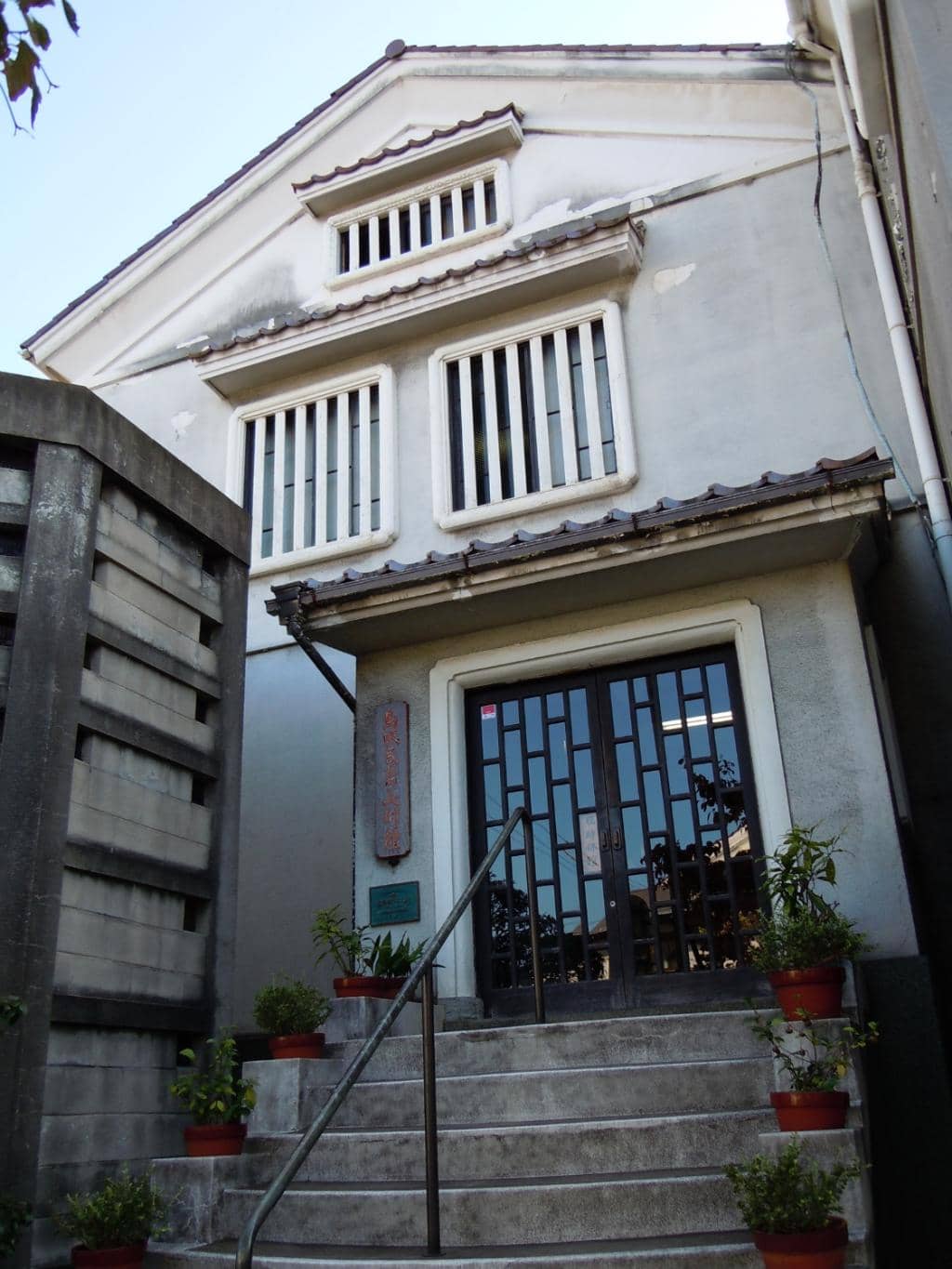
📚 English Guide Available
Don't miss the English guidebook for detailed exhibit information. It's a lifesaver for understanding the Mingei movement.
🛍️ Adjacent Shop & Cafe
Explore the gift shop for unique crafts and enjoy a meal at the cafe, often served on beautiful handmade pottery.

Highlights
Discover the most iconic attractions and experiences

Mingei Pottery Collection
Main Exhibition Halls
Admire exquisite, functional pottery that embodies the spirit of the Mingei movement. Each piece tells a story of craftsmanship.

Founder's Furniture
Second Floor
See the durable, beautifully crafted furniture personally used by the museum's founder, Shouya Yoshida.

Overseas Folk Art Exhibit
Second Floor
Explore a fascinating collection of folk artwork from around the world, showcasing diverse artistic traditions.
Plans like a pro.
Thinks like you
Planning Your Visit
Embrace the Mingei Movement
Plan for a Relaxing Visit
Best Times
Insider Tips
from TikTok, Instagram & Reddit
📚 English Guide Available
Don't miss the English guidebook for detailed exhibit information. It's a lifesaver for understanding the Mingei movement.
🛍️ Adjacent Shop & Cafe
Explore the gift shop for unique crafts and enjoy a meal at the cafe, often served on beautiful handmade pottery.
♿ Accessibility Note
Be aware that stairs are present to reach the entrance and second floor.
💰 Tourist Pass Discount
Foreign visitors with a tourist bus pass may receive a discount on admission.
Tips
from all over the internet
📚 English Guide Available
Don't miss the English guidebook for detailed exhibit information. It's a lifesaver for understanding the Mingei movement.
🛍️ Adjacent Shop & Cafe
Explore the gift shop for unique crafts and enjoy a meal at the cafe, often served on beautiful handmade pottery.
♿ Accessibility Note
Be aware that stairs are present to reach the entrance and second floor.
💰 Tourist Pass Discount
Foreign visitors with a tourist bus pass may receive a discount on admission.
What Travellers Say
Reviews Summary
Visitors praise the Tottori Folk Crafts Museum for its elegant display of 'mingei' or folk art, highlighting the beauty of functional, handcrafted objects and the historical significance of the movement. The adjacent shop and cafe are also popular additions, offering a pleasant way to extend the visit. Some find the museum smaller than expected, but appreciate its peaceful atmosphere and the opportunity to learn about traditional Japanese crafts.
"The museum had a lovely selection of mingei pots, furniture, and a small sitting area with reference material. The second floor exhibit was from the collection and focused on folk artwork from overseas and not just Japan. Somehow I thought the museum would be larger, but it really does not take long to go through even if you are using Google translate to Read all the labels. Be sure to stop into the store and Cafe in the same building complex."
Sarah Sutter
"We went to this museum because it was walking distance from our hotel and included in a bundle sightseeing ticket! It was small and beautiful. Nice collection of weaved items and ceramics. (Sorry I'm not sure exactly)
The highlight of the attraction was that I bought a small hardcover book that worked as a mini scrapbook for stamps and tickets we collected. 👏"
Amy PV
"An excellent, elegant and simple museum showcasing 5,000 pieces of "folk art," which was collected by Shouya Yoshida to promote Mingei. In this museum extraordinary everyday objects, such as plates and neckties from the 1930s, are tastefully displayed. A great way to enjoy another era. You can even eat lunch at the restaurant next door, all while enjoying food served on beautiful hand made pieces of pottery. There is a reasonably priced gift shop next door too. It is a lovely way to spend a relaxing afternoon in a slow paced city."
seana magee
What People Like
What People Dislike
Frequently Asked Questions
🚇 🗺️ Getting There
The museum is conveniently located within walking distance of many hotels in Tottori city. If you're arriving by train, it's a short taxi ride or a pleasant walk from Tottori Station.
While specific parking details aren't widely shared, it's a good idea to check for public parking lots near the city center if you're driving.
Yes, local buses in Tottori city can take you close to the museum. If you have a tourist bus pass, you might even get a discount on admission.
🎫 🎫 Tickets & Entry
The museum typically operates during standard daytime hours, but it's always best to check the official website or local listings for the most current opening and closing times.
Admission fees are generally reasonable. Foreign visitors with a tourist bus pass may be eligible for a discount.
For a museum of this size, advance booking is usually not required. You can typically purchase tickets upon arrival.
Yes, foreign visitors often receive a discount, especially if they present a valid tourist bus pass.
🎫 🧭 Onsite Experience
The museum is relatively small, so most visitors can explore it thoroughly in about 1 to 2 hours. It's perfect for a relaxed afternoon.
While there might not be English labels on every item, an English guidebook is available to help you understand the exhibits and the Mingei movement.
The museum showcases a beautiful collection of 'mingei' or folk crafts, including pottery, furniture, textiles, and everyday objects, all emphasizing functionality and craftsmanship.
The museum focuses more on appreciating the artistry and history of the displayed items rather than interactive elements. However, the experience of seeing these historical objects is quite engaging.
While children can appreciate the visual aspects of the crafts, the museum's focus on history and art appreciation might be more engaging for older children and adults.
🍽️ 🍽️ Food & Dining
Yes, there is a cafe and a restaurant located within the same building complex as the museum. It's a great spot to relax after your visit.
The restaurant offers meals, and a highlight is that the food is often served on beautiful, handmade pieces of pottery, enhancing the dining experience.
Besides the onsite cafe and restaurant, you can find various dining options in the surrounding city center of Tottori, offering local specialties.
📸 📸 Photography
Photography policies can vary. It's best to look for signage within the museum or ask staff if photos are permitted, especially without flash.
The beautifully displayed pottery and furniture offer great visual appeal. The overall aesthetic of the museum provides a charming backdrop for photos.
For Different Travelers
Tailored advice for your travel style
👨👩👧 Families with Kids
Pairing the museum visit with the adjacent cafe or shop can make the outing more enjoyable for younger visitors. The opportunity to see and perhaps purchase unique crafts can be a fun takeaway. It's a good option for a calm, educational outing that offers a different perspective on Japanese culture compared to more bustling attractions.
💰 Budget Travelers
Combine your visit with exploring the free-to-browse gift shop and enjoying a more affordable meal at the cafe rather than a full-service restaurant. The museum offers significant cultural value for its cost, providing a deep dive into a significant Japanese art movement without breaking the bank.
❤️ Couples & Art Enthusiasts
Enjoy a leisurely stroll through the exhibits, perhaps followed by a relaxing coffee or lunch at the onsite cafe, where the food is served on charming handmade pieces. It's an ideal destination for a quiet, contemplative afternoon away from the usual tourist crowds, fostering a deeper connection with Japanese aesthetics.
Deep Dives
In-depth insights and expert knowledge
Understanding the Mingei Movement
Visitors can learn about how the Mingei movement sought to preserve traditional crafts against the tide of industrialization and mass production. It highlighted that true beauty lies not in ornamentation but in the honest expression of materials and the skill of the maker. The museum’s second-floor exhibit on the history of the Mingei movement provides crucial context, explaining how artists collaborated to protect and promote their local arts and heritage.
This focus on "folk art" means you won't find elaborate, decorative pieces here. Instead, you'll encounter the quiet dignity of well-made objects that were meant for daily use. The museum offers a unique perspective on Japanese culture, encouraging an appreciation for the simple yet profound beauty in the things we use every day.
A Curator's Vision: Shouya Yoshida's Collection
Yoshida's personal use of the furniture displayed in the museum offers a tangible connection to the past, illustrating the enduring quality and strength of well-made items. This personal touch makes the museum feel less like a sterile gallery and more like a glimpse into a life lived with an appreciation for beauty and utility. The receptionist's knowledge about the exhibits and the Mingei movement further enhances this personal connection for visitors.
The museum's layout, though small, is thoughtfully curated to highlight the beauty and history of each piece. From delicate ceramics to sturdy furniture, Yoshida's collection invites visitors to consider the value of craftsmanship and the stories embedded within everyday objects.
Beyond the Exhibits: The Museum Complex
The cafe and restaurant are particularly noteworthy for their ambiance and presentation. Visitors often mention enjoying their meals served on beautiful, handmade pottery, which perfectly complements the museum's theme. This integration of craft into the dining experience adds another layer of appreciation for the Mingei philosophy.
Combining a visit to the museum with a stop at the shop and cafe provides a complete cultural immersion. It’s an opportunity to not only admire the crafts but also to engage with them in a more personal way, whether by purchasing a souvenir or savoring a meal served with artistic flair.
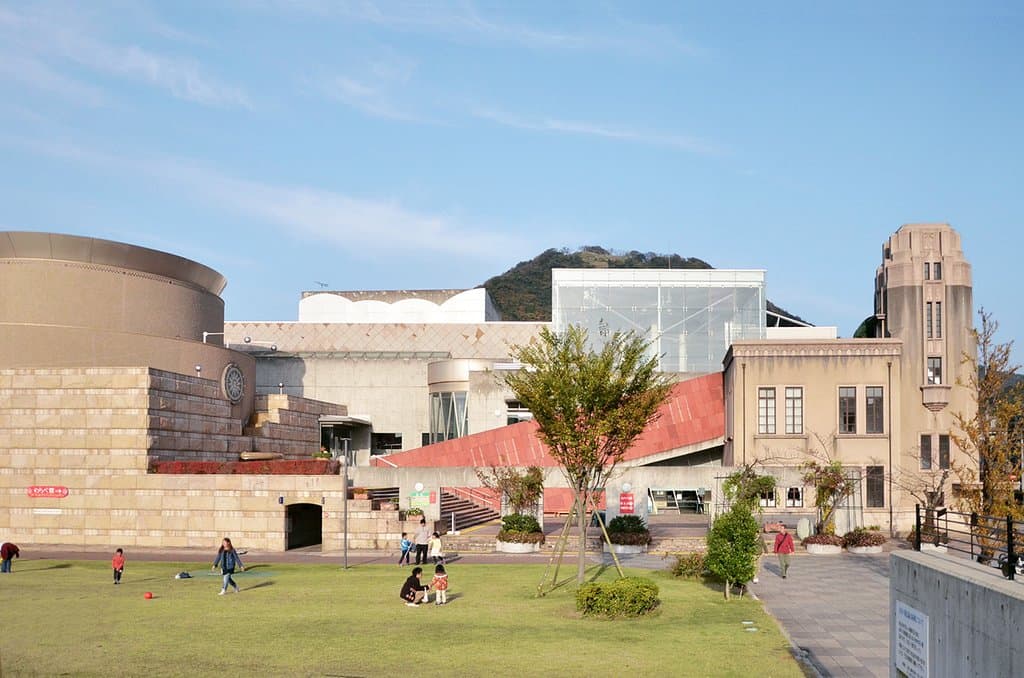

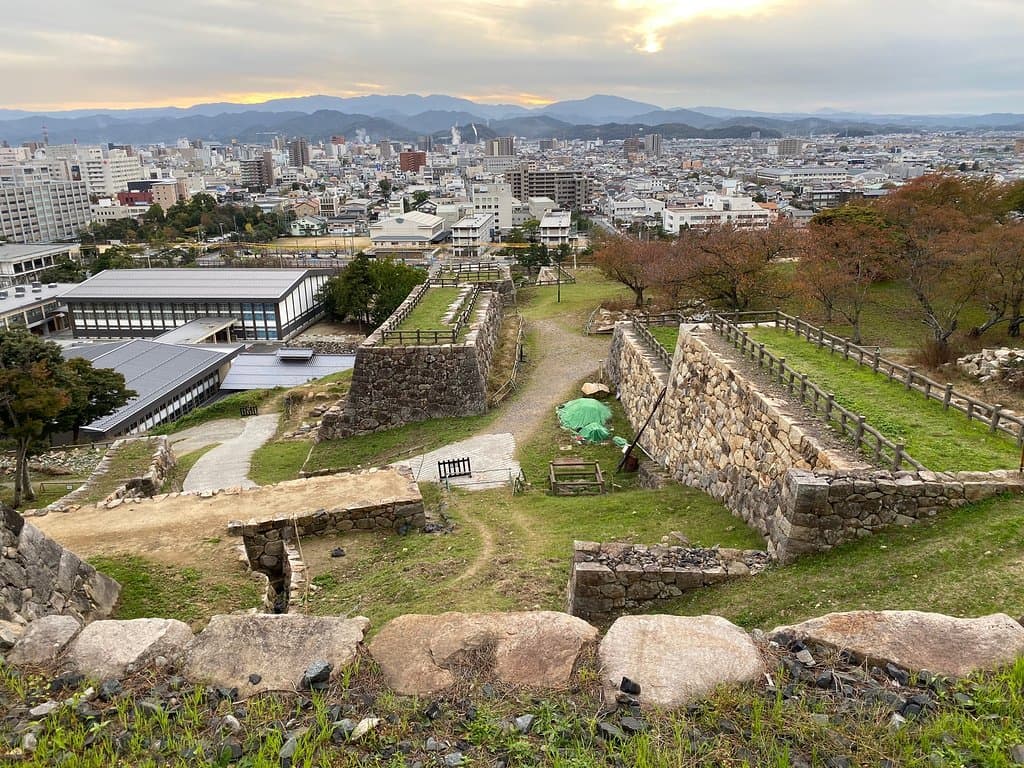

Social
from TikTok, Instagram & Reddit